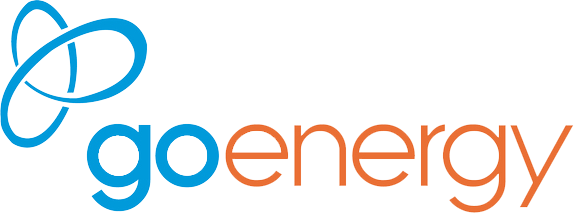Distributed energy resources (DERs) are electricity generation and storage assets that are directly connected to a local distribution system or connected to a host facility within the local distribution system.
DERs can include combined heat and power (CHP), battery storage, small natural gas-fuelled generators, electric vehicles, solar panels and wind. These resources are typically smaller in scale than the traditional generation facilities that serve most of Ontario’s demand.
An increasing amount of DERs are from renewables. Most of the contracted DERs installed in Ontario are solar (2000 MW)
Output from DERs offset the need for supply from the province-wide system. A growing number of communities have indicated a preference for DERs to address regional demand growth or to replace aging assets. DERs may also present opportunities to optimize overall system investments and provide a range of grid services.
2019 could be the year when utilities focus on adding new distributed energy resources to their demand response programs, creating Integrated Distributed Energy Resource systems that efficiently match supply with load.
Distributed energy resources, demand response, peak reduction, efficiencies and savings are converging and can all work together with a planned, holistic approach.
Sources:
http://www.ieso.ca/en/Learn/Ontario-Power-System/A-Smarter-Grid/Distributed-Energy-Resources

